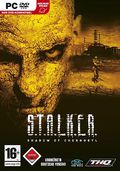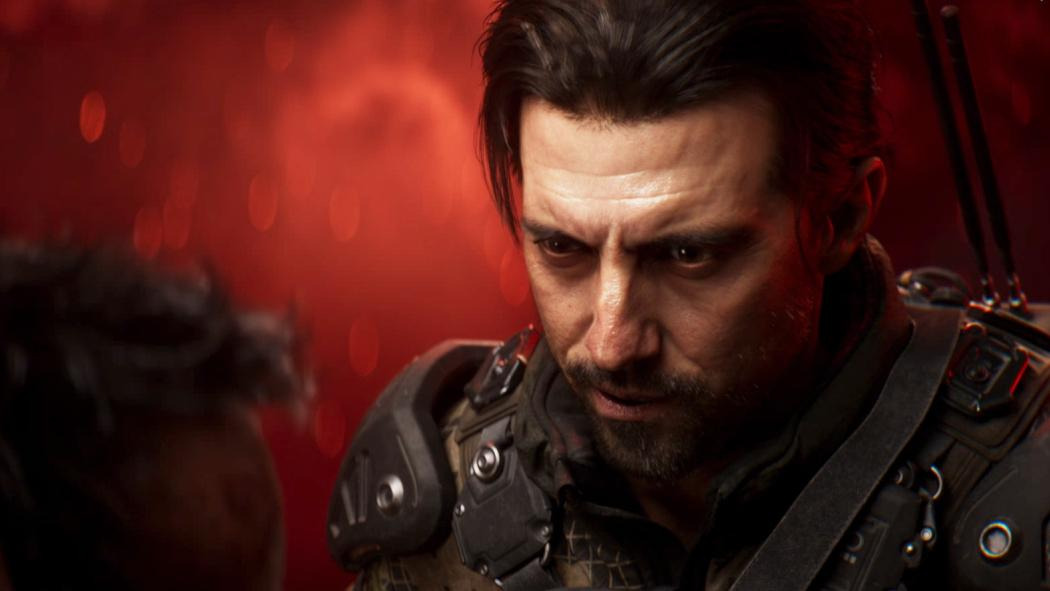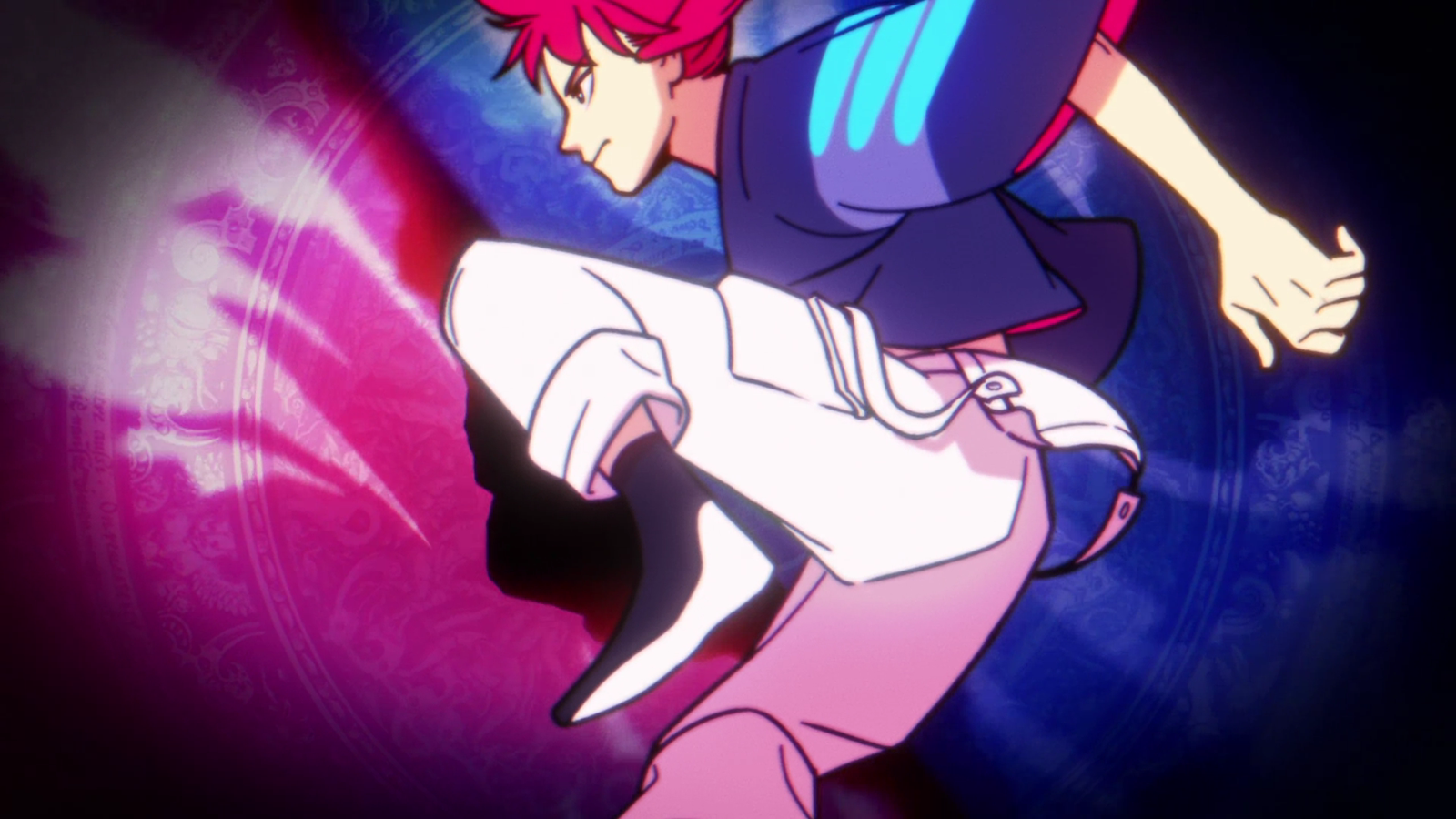You can trust VideoGamer. Our team of gaming experts spend hours testing and reviewing the latest games, to ensure you're reading the most comprehensive guide possible. Rest assured, all imagery and advice is unique and original. Check out how we test and review games here
Survival horror games have traditionally excelled at putting you in tight spots against freakish enemies, while limiting your weapon supply to a rubbish pistol and a knife – if you’re lucky you’d get a torch as well. While S.T.A.L.K.E.R. might look like a first-person shooter – albeit one in a large, free-roaming world – it’s really an evolution of the classic survival horror genre. You’re not confined to dimly lit hallways, but the wide open spaces provided by Chernobyl’s fall-out zone, and the mutated creatures that live there prove every bit as nerve-racking.
S.T.A.L.K.E.R. casts you as a nameless man who’s looking for information on “the zone” – the area in which the game is set. Nuclear disasters have turned the area into a barren wilderness, filled with artefact-hunting characters and vicious mutants. The game revolves around you receiving new missions from various NPCs, allowing you to earn money, items and new info. A storyline does run throughout, but numerous side missions serve as a way to prolong the game and to add background information to the mysterious goings on.
You’re given an RPG-like inventory system, complete with weight restriction and numerous non-weapon items. Should you be carrying more than you can handle, your character will be unable to move, so you’re often forced to discard surplus items or trade them. Being in such close proximity to radiation (signalled by bleeps on your Geiger counter) isn’t good for your health, so it’s important to keep stock of the essential medicine, as well as food to keep your strength up. Things aren’t taken to hardcore RPG levels but there’s a definite sense that you need to do all you can to survive – looting items from corpses included.
As you wander the land in search of items and people on your objectives list (handily detailed on your PDA) you’ll encounter numerous other stalkers. How they react to you depends on their hostility rating, with a simple ‘green, yellow, red’ system informing you of their feelings. Green quite obviously indicates safety, meaning such a character will be friendly, while red means hostility and every chance that they’ll shoot you on sight.
These human enemies cause you problems, but they’re no different to enemies in your standard FPS. It’s the mutants that really send shivers down your spine, and the fact that they crop up so rarely simply adds to the often unbearable tension. You’ll see lots of mutated animals roaming the grasslands, but you know they’re around and become used to them – it’s the guys that leap out from nowhere that freak you out. You’ll have been playing mutant-free for a good while, only to be suddenly startled. After this single event you’ll be expecting an onslaught, but that’s not the case. You’re always left waiting… dreading what’s coming next.
It’s this atmosphere that’ll keep you hooked as S.T.A.L.K.E.R. certainly isn’t going to win any awards for its gunplay. Firing weapons is perhaps the game’s biggest weakness; they feel weedy and often lack the precision of enemies who are using the exact same tools. It doesn’t help that enemies seem invincible during hit animations, meaning you must wait for them to stand tall again before going in for the kill. This in turn makes large encounters incredibly tough, particularly early on when you’re running around with what might as well be a spud gun. Things level out slightly as you progress, but I never felt certain that I’d come out of an encounter alive; a good thing in many people’s eyes, but boy is it frustrating at times.
Many of your missions are standard “go somewhere, find someone, bring back item” affairs, but when they’re something a little different they’re incredible and make you feel as if the game world really is alive. Of course, for a game this ambitious, there were bound to be problems and there most certainly are. Frequent crashes to desktop are by far the biggest problems (especially when running Windows Vista) but an inventory that’s a pain to use during firefights is also high on the list. Due to your weapon slots being limited, you’ll frequently have to go into your inventory in order to re-arm, leaving you at the mercy of nearby enemies.
Travel will cause a few headaches too, and the game is clearly missing the drivable vehicles that were in the original design. You can run at an Olympic speed, but this can’t be sustained for too long (even once you’ve increased your stamina), forcing you to trundle along for the most part. Add in respawning enemies, and getting from place to place becomes a real chore – especially when each of these battles was hard enough the first time. Thankfully, the anomalies (pockets of volatile space) that litter the landscape can be avoided without too much trouble (bar a few that are less than visible), but they really should have been one of the biggest threats in the game, as they are to the animals that frequently wander to their doom.
With a main campaign that takes around 10 hours, plus numerous side missions, S.T.A.L.K.E.R. is one of the lengthier action games of recent times. If you do want more there’s a fairly basic multiplayer component to get stuck into but, given the single-player game’s ambitious ideas, this feels almost like a token gesture.
Considering S.T.A.L.K.E.R.’s prolonged development it’s quite astonishing that it’s been released with such impressive visuals. While it doesn’t have the high-polygon characters of recent hits, there’s no denying that it’s often a beautiful looking game. You’ll need a rather beefy PC to really appreciate it, but with lighting and detail settings cranked up it’s like you’re playing in Oblivion’s world the morning after a big night out – it looks stunning, but at the same time is completely depressing in the extreme. Add in the constant shrieks and moans of animals, and there really isn’t another game like it.
It’s hard to think of another game where the words “flawed masterpiece” are so apt. If you’re after another Half-Life shooter then walk away from S.T.A.L.K.E.R. Although it bears a slight resemblance it couldn’t be more different to Valve’s game, being closer to something like Deus Ex if a comparison must be made. Numerous bugs will almost definitely be fixed in the months to come, but don’t let them put you off experiencing S.T.A.L.K.E.R. as it currently stands. It’s a survival horror game with incredible ambition, so succeeding in a few areas is still very commendable.
S.T.A.L.K.E.R.: Shadow Of Chernobyl
- Platform(s): PC
- Genre(s): Action, First Person, Shooter
/https://oimg.videogamer.com/images/1449/stalker_88.jpg)






